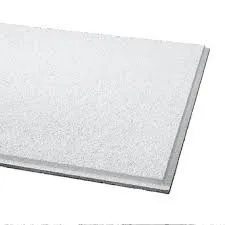Antibiotics have become an integral part of modern livestock management, including sheep farming. These medications play a crucial role in preventing and treating bacterial infections in sheep, ultimately contributing to animal welfare, productivity, and food safety. However, the use of antibiotics in sheep farming raises several important considerations, including health benefits, proper usage, and the implications for antibiotic resistance.










